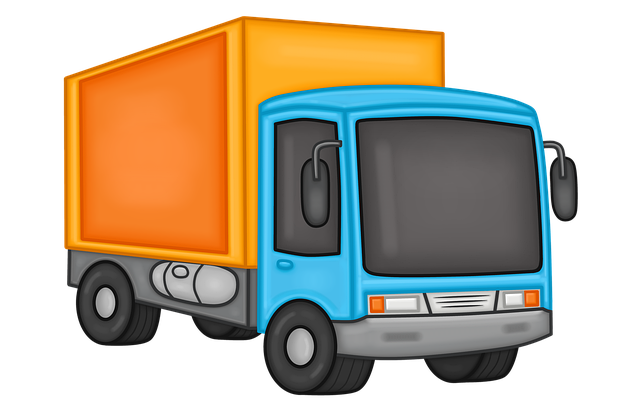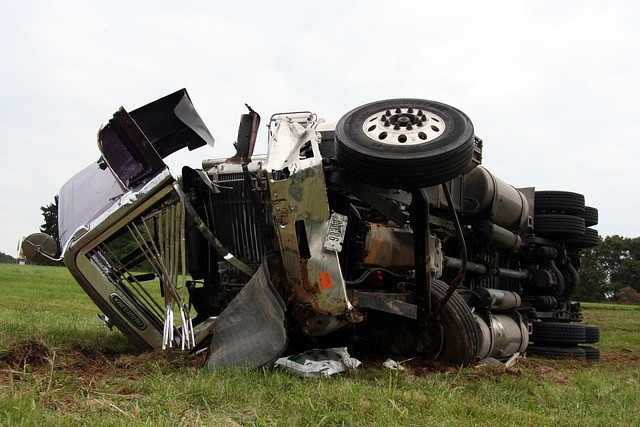Liability insurance is crucial for businesses, protecting them from claims and lawsuits with coverage for damages and losses related to operations, products, or services. For companies with diverse trucking fleets, multi-truck coverage options are essential, offering customized solutions based on truck types, sizes, and purposes. These tailored packages address unique risks like cargo liability, ensuring comprehensive risk management and financial security. Understanding these options and promptly notifying insurers in case of claims contributes to peace of mind and effective risk mitigation for business growth.
In today’s complex business landscape, navigating liability insurance is paramount for comprehensive protection. This article guides you through essential aspects of liability insurance, empowering you to make informed decisions. We start by demystifying the basics and delve into crucial topics like multi-truck coverage options, risk assessment, and policy customization. Additionally, we explore how to navigate the claims process efficiently, ensuring peace of mind. By understanding these elements, businesses can safeguard their assets and operations effectively.
Understanding Liability Insurance: The Basics Unveiled

Liability insurance is a crucial shield for businesses, offering protection against potential claims and lawsuits. At its core, it compensates for damages or losses arising from your operations, products, or services. The policy’s structure typically involves understanding several key components: coverage limits, deductibles, and various liability types. For instance, general liability insurance covers common risks like slips and falls on premises, while professional liability (also known as errors and omissions) protects against negligence in services or advice.
When it comes to comprehensive protection, exploring multi-truck coverage options becomes essential. These options extend beyond standard policies, offering tailored solutions for businesses with unique risk profiles. By assessing specific needs, such as cargo liability for trucking companies or product distribution risks, entrepreneurs can ensure their insurance keeps pace with their operations. This proactive approach not only safeguards against financial strain but also fosters a culture of risk management within the organization.
Multi-Truck Coverage Options: A Comprehensive Overview

Multi-truck coverage options are designed to cater to the unique needs of businesses operating a fleet of trucks, offering tailored protection for various risks associated with commercial trucking. This type of insurance goes beyond standard policies by providing specialized solutions. One key aspect is the ability to customize coverage based on specific truck types, sizes, and purposes. For instance, a business with both local delivery vans and long-haul semi-trucks would require distinct liability protections due to varying operation scenarios and potential hazards.
Insurers offer flexible multi-truck coverage options, allowing businesses to select appropriate levels of liability, property damage, and personal injury protection for each truck category. This comprehensive approach ensures that every aspect of trucking operations is addressed, from routine daily runs to specialized transport tasks. By understanding these multi-truck coverage options, fleet managers can make informed decisions to safeguard their business, drivers, and assets effectively.
Assessing Risk and Tailoring Your Policy

When navigating liability insurance, one of the key aspects is assessing your specific risks and tailoring your policy accordingly. This means evaluating the types of vehicles you operate, the nature of your business, and potential hazards associated with your operations. For instance, if your fleet includes multiple trucks, exploring multi-truck coverage options can be vital for comprehensive protection.
Understanding your risk profile allows insurance providers to customize policies that suit your unique needs. This may include specific provisions for cargo liability, accidents involving larger vehicles, or industry-specific regulations. By carefully considering these factors, you can ensure that your liability insurance offers the right balance of coverage and cost, providing peace of mind and financial security in the event of unforeseen incidents.
Navigating the Claims Process for Peace of Mind

Navigating the claims process can seem daunting, but understanding your liability insurance policy and its procedures offers peace of mind. The first step is to review your policy documents carefully, paying close attention to the conditions and exclusions. Multi-truck coverage options, for instance, can provide expanded protection for businesses involved in multiple vehicle operations. By familiarizing yourself with these details, you’ll be better equipped to manage potential claims efficiently.
When a claim arises, whether it’s due to an accident involving one truck or several, promptly notify your insurance provider. Each company has its own process for filing claims, so refer to your policy or contact your agent for guidance. Effective communication ensures the claim is handled swiftly and accurately, potentially reducing costs and legal complexities. Remember, a well-managed claims process contributes to overall risk mitigation, allowing you to focus on business growth while feeling secure in your protection.
Comprehending liability insurance, from basic principles to navigating claims, is essential for businesses, especially those with multiple trucks. By assessing risks and tailoring policies, including exploring multi-truck coverage options, you can ensure comprehensive protection. This proactive approach fosters peace of mind, allowing you to focus on growth while mitigating potential liabilities effectively.
